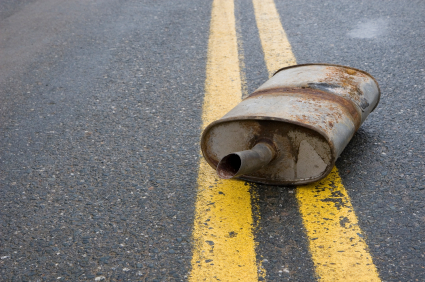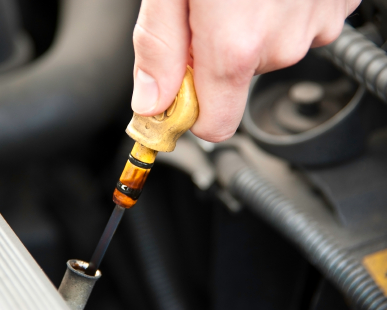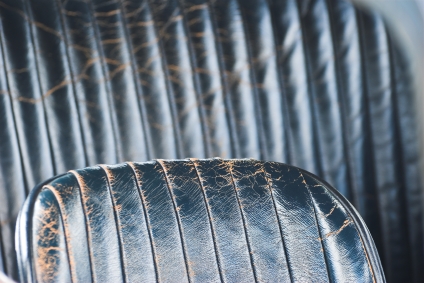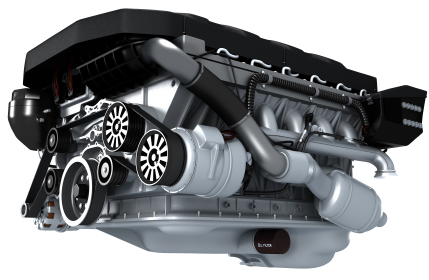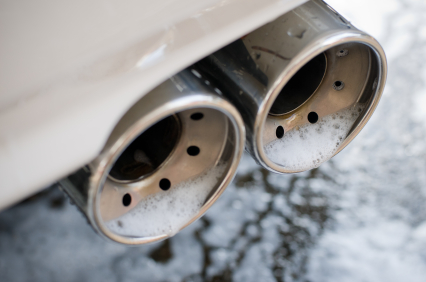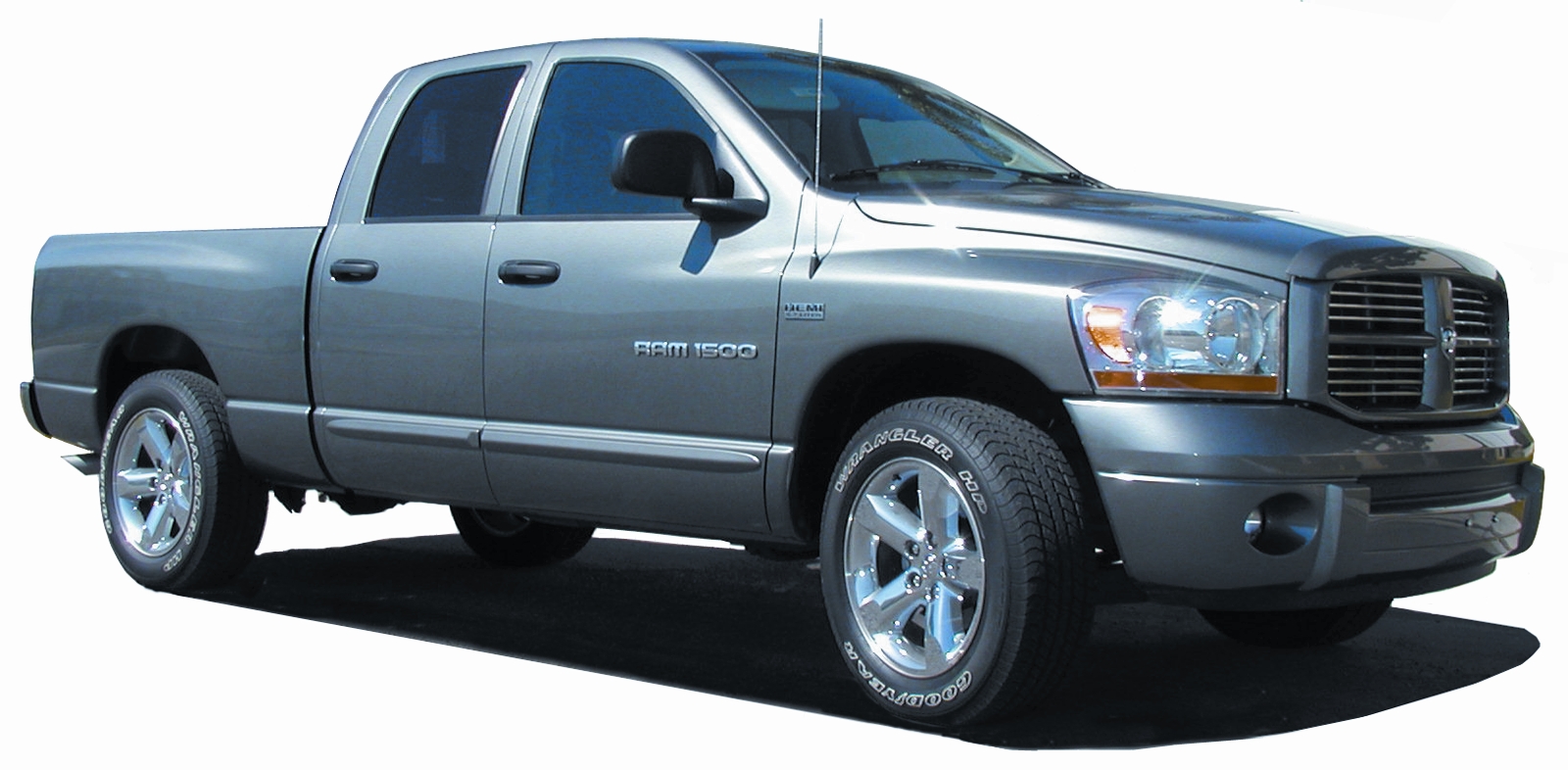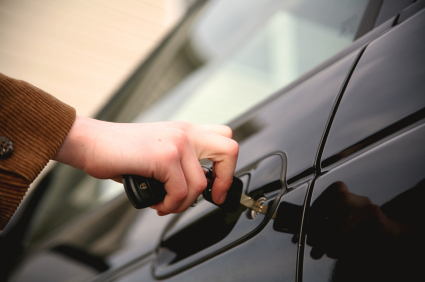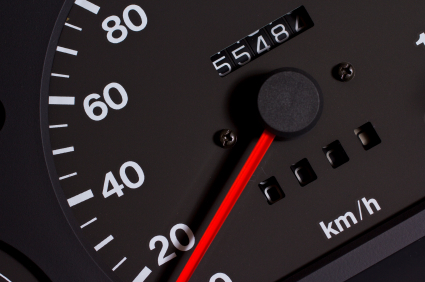A muffler is a device on the internal combustion engine that reduces the amount of noise emitted by your car exhaust. You can have mufflers on all types of cars, trucks, and motorcycles. Your muffler may occasionally make loud noises, but if your muffler sounds loud over a long period of time, something may be wrong. You should check the following points to determine the problem area.
Potential Problems
1) Exhaust Leak
If you have recently replaced your muffler, then you may think nothing is wrong with your exhaust, but this is not true! Parts of the exhaust pipe may have been worn down yet not replaced at the same time as the muffler. These pipes could be leaking air before it even reaches the muffler, which creates a lot more noise.
2) Rusted Pipes
Another possible problem could be with the piping in your system. Exhaust pipes can not only leak but also rust completely, leaving your exhaust system incomplete. The exhaust air released is very loud and even dangerous to your health, so you need to address the problem immediately.
3) Broken Bolt
The exhaust system is made up of a lot of different pieces of steel. The entire device is welded and bolted together. Sometimes these various parts can fail as well. You may have a broken weld or missing bolt which will cause friction and more noise in your muffler than usual. Examine the muffler to see if you can identify the issue.
4) Cracked Manifold
If your exhaust manifold is cracked you will also here a lot of noise. The air will violently escape through the crack and make noise. You should see if your muffler or exhaust is cracked in any way.
Continuing Problems
If you have problems with your muffler making too much noise you should seek professional help. Use TalkLocal to be put in contact with reliable local auto care businesses. You don’t have to do any work! Simply input your problem and availability and within minutes your should be connected to someone who can help you out.

